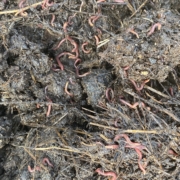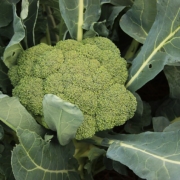Differently wired brains
By Mary Allan
“Neurodiversity describes the idea that people experience and interact with the world around them in many different ways; there is no one ‘right’ way of thinking, learning, and behaving, and differences are not viewed as deficits”. This is the introductory sentence on the Harvard Education blog “What is neurodiversity?”
However, unless we dig a little bit deeper that catch-all term doesn’t explain the glaringly obvious struggles some people live with or the subtle, hardly noticed nuances that make life very difficult for others.
While I applaud inclusive language and thinking, my experience as a specialist in the management of autism spectrum in schools tells me that despite changing the terminology every 30 years or so, we are still very short on understanding how to help neurodiverse people survive and even thrive in our society that caters to the less diverse majority.
Understanding what is going on for people – especially children – is the only way to inform strategies and systems to help them cope with life.

The following content is only available to logged-in members. Join us to gain access to a wide range of content.
Mary Allan is a retired special needs educator who still maintains a focus on managing ASD and severe behaviour. She is a keen gardener, spurred on by the limited range of organic and GE-free foods in the supermarkets, and the need to provide gluten-free and dairy-free food for her family.












